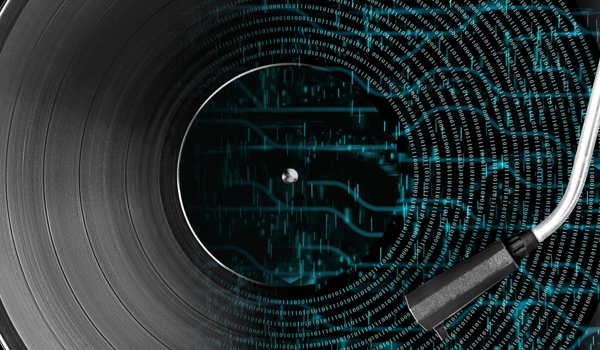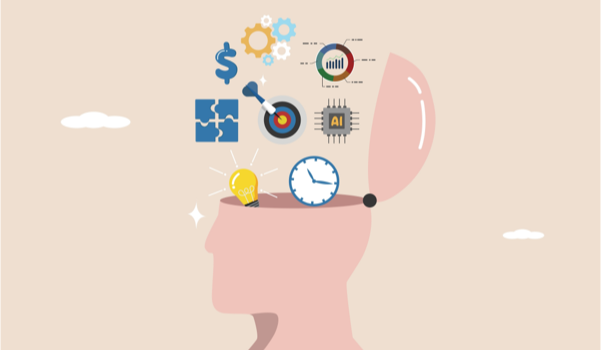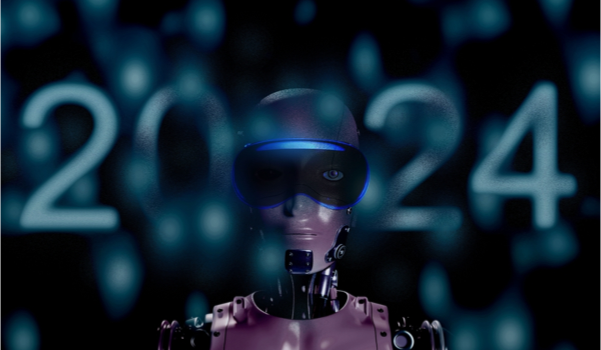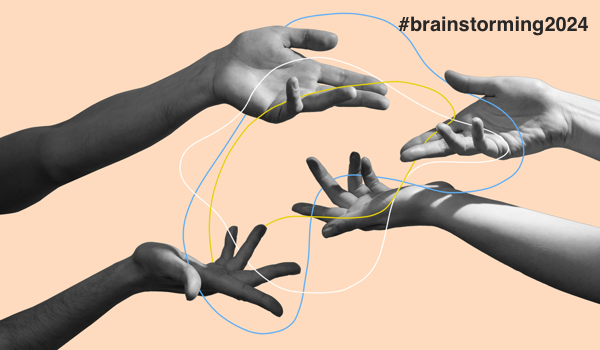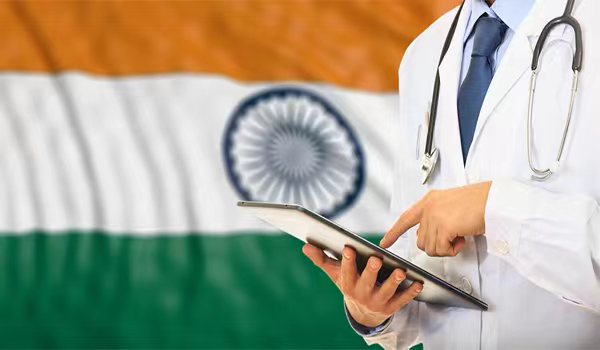

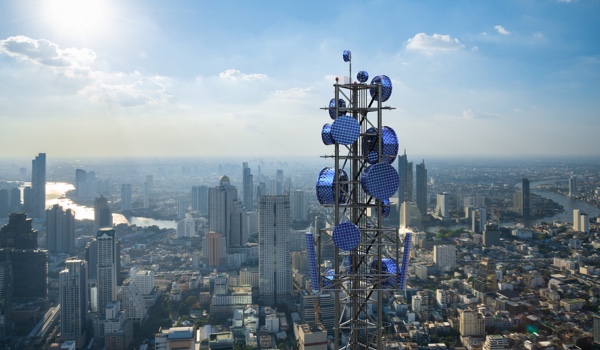
ROSARIO, ARGENTINA - The expansion of fifth-generation wireless network technology (5G) has accelerated automations such as artificial intelligence (AI) and Internet of Things (IoT), which are having a significant impact on daily lives. This transition enables these advances, and although its adoption is at an early stage, the arrival of 6G is on the horizon.
If 5G allows the transition toward the use of new technologies, expanding their frontiers, 6G will be the culmination of a process that will finally mark a change of era in the history of humanity. 5G infrastructure will allow a rapid adoption of 6G, which will bring significant advances in terms of the evolution of the Internet and, in particular, the medical field.
From 5G to 6G, What is Different?
The sixth generation of mobile connectivity, or 6G, differs from its predecessors mainly in technical aspects, such as download speed and latency, thus allowing exponential multiplication of the volume of data circulating in less time.
The projections of China’s multinational company Huawei are an apt example, indicating maximum speeds of up to terabits per second, 10 to 100 gigabits of experienced rate, sub-millisecond level latency, centimeter-level locations and millimeter-level images (fundamental aspects when imagining the future of remote telesurgery), and a tenfold increase in relation to the density of 5G - considerably increasing the volume of data that will strengthen the algorithms for the detection of pathologies, control and monitoring of infectious diseases, and preventive medicine.
Connected Medicine
Huawei's forecasts for the arrival of 6G in medicine are encouraging. 6G technology would make
The content herein is subject to copyright by The Yuan. All rights reserved. The content of the services is owned or licensed to The Yuan. Such content from The Yuan may be shared and reprinted but must clearly identify The Yuan as its original source. Content from a third-party copyright holder identified in the copyright notice contained in such third party’s content appearing in The Yuan must likewise be clearly labeled as such. Continue with Linkedin
Continue with Linkedin
 Continue with Google
Continue with Google

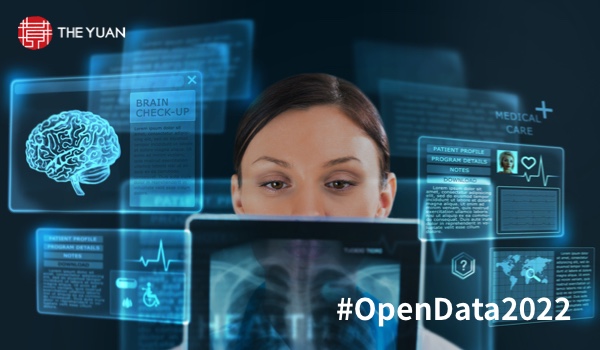







 1518 views
1518 views

